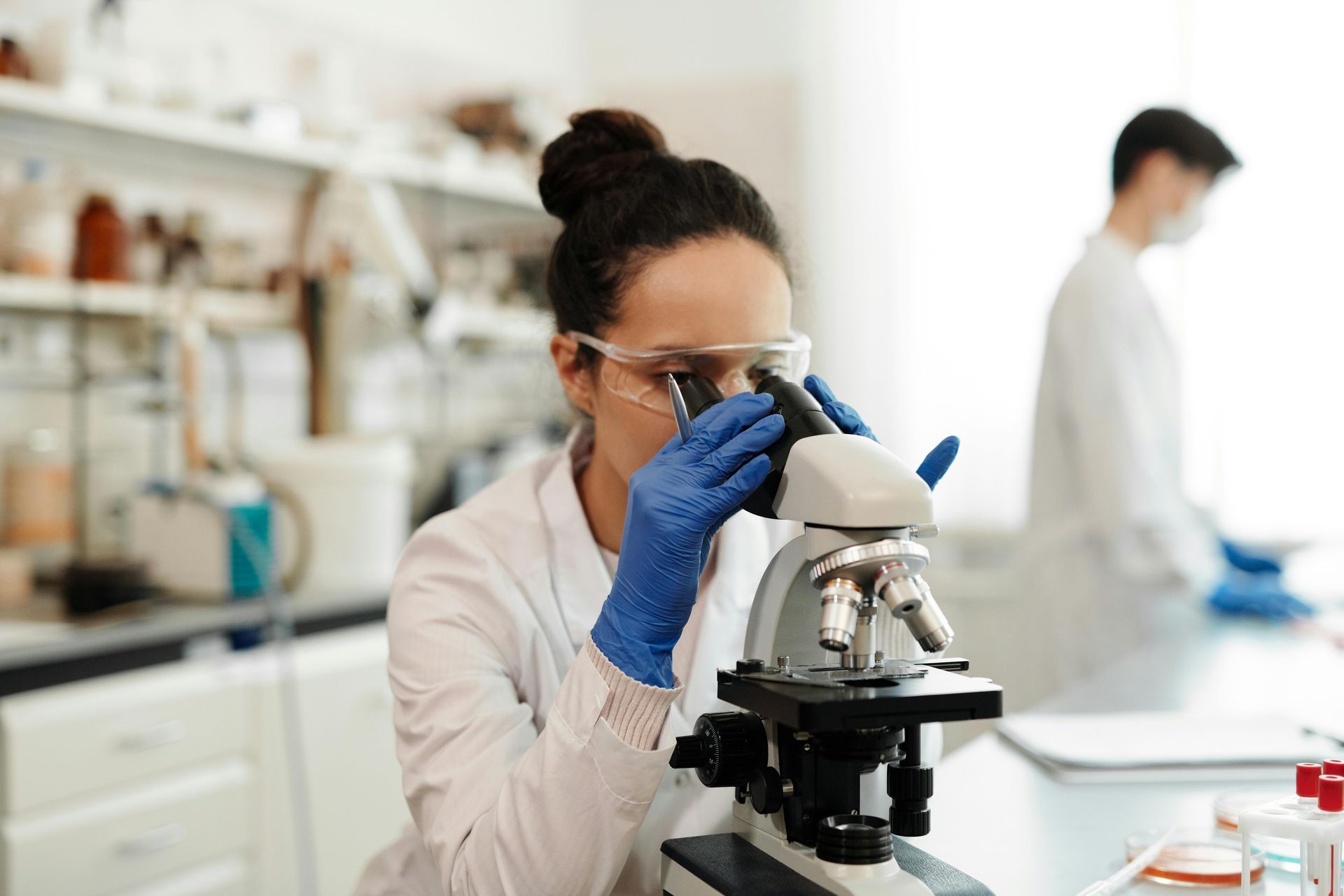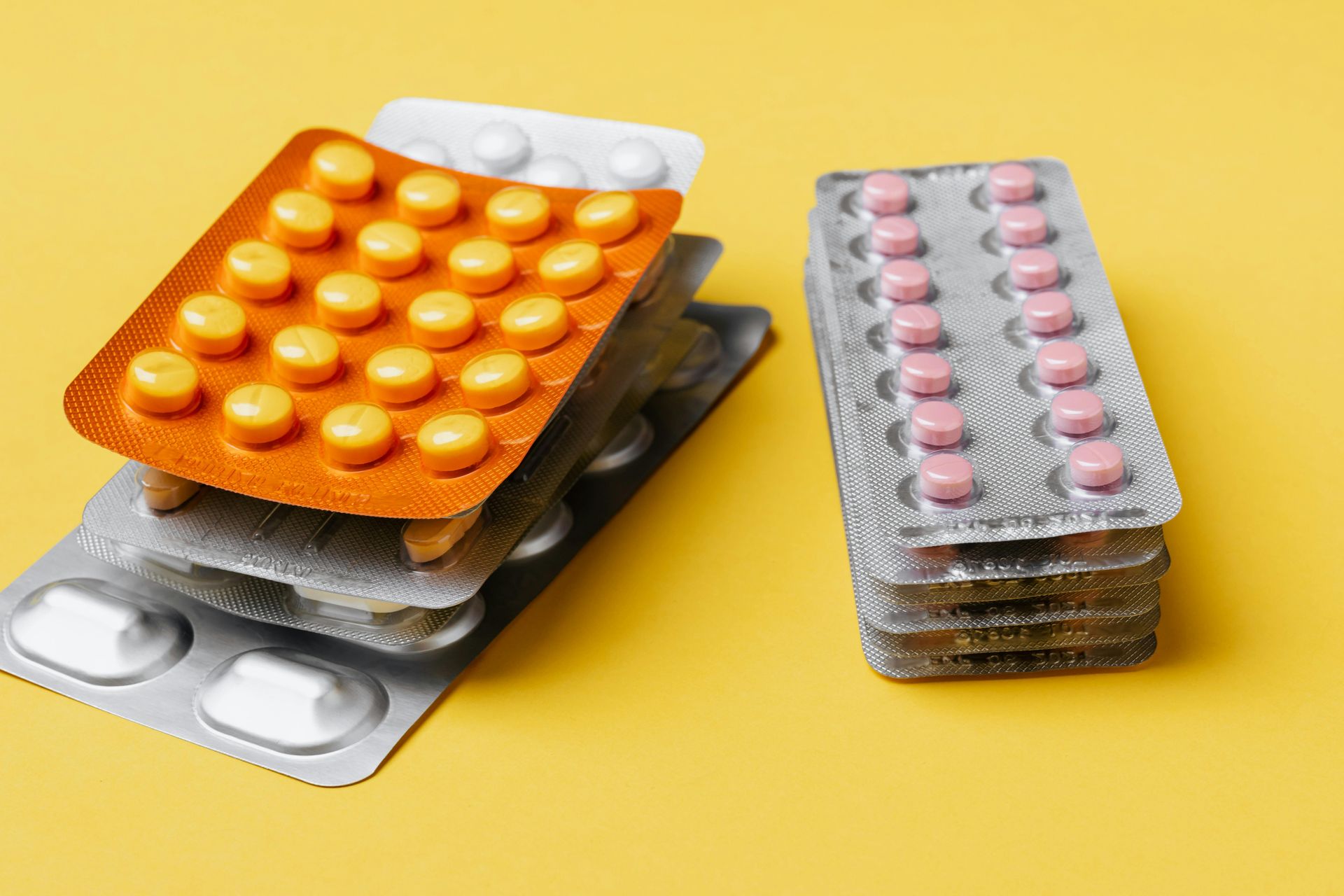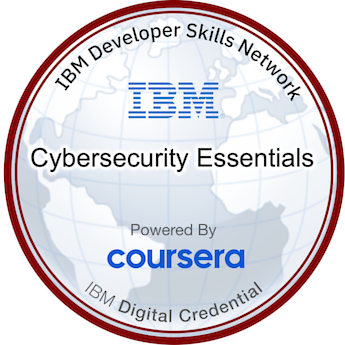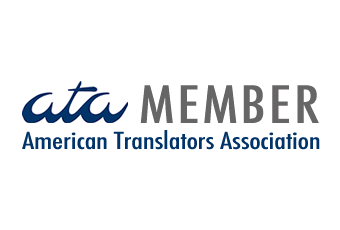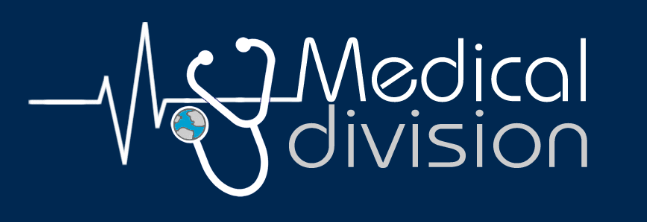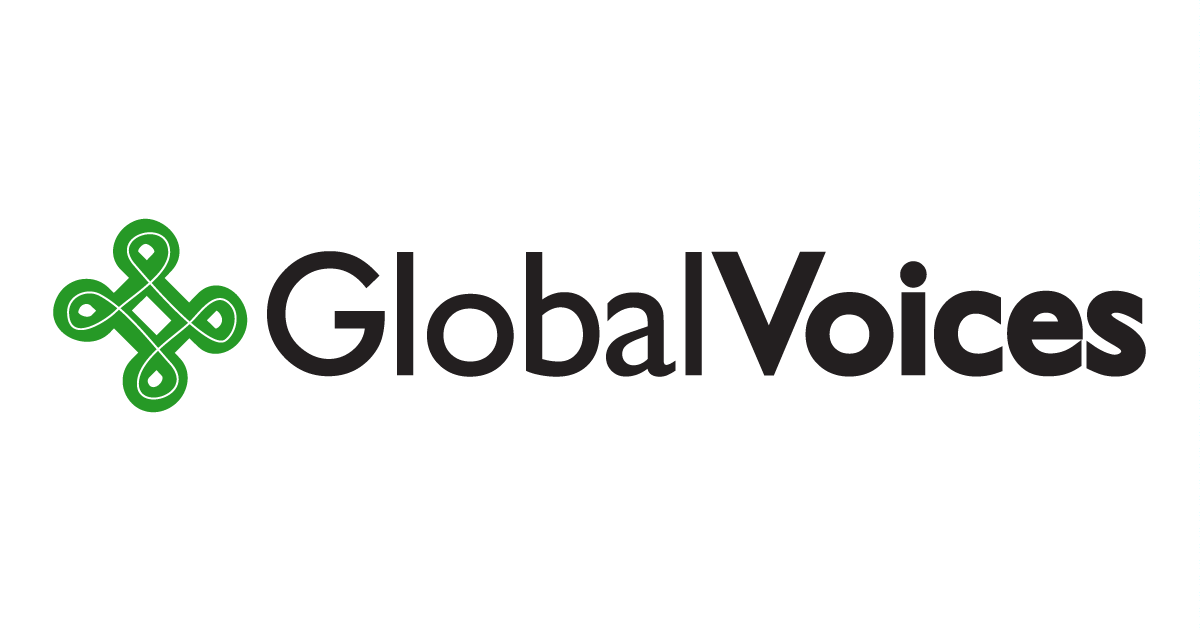The Importance of Accurate Medical Device Translations for Global Market Expansion
Medical device translations are crucial for regulatory compliance, patient safety, and market entry. If you aim to distribute your device in Europe, Asia, or Latin America for instance, translation inaccuracies can result in significant legal and financial repercussions. This article explains the importance of accuracy in medical device translations for global expansion.
Compliance with Regulatory Standards
In the medical device industry, compliance with regulatory standards in each target market is essential. Errors in translating product documentation, including user manuals, clinical guides, IFUs, labels, or regulatory submissions, can cause delays or rejection by local regulatory agencies.
Authorities such as the FDA (U.S.), European Medicines Agency (EMA), and Health Canada demand accurate translations to guarantee the safety and efficacy of medical devices for local users. For example, obtaining CE Mark certification in Europe requires precise translation of all medical device labels and instructions into the official languages of the countries where the product will be marketed.
Tip: Collaborate with a medical translator who has expertise in local regulatory requirements to prevent expensive errors.
Ensuring Patient Safety and Medical Device Performance
Accurate medical device translations go beyond regulatory compliance: they are critical for patient safety. Misinterpretation of instructions can lead to improper device usage, potentially causing harm. Imagine a situation where a device’s instructions are misinterpreted due to poor translation, resulting in incorrect use and patient injury.
Precise translations of product labels, operation manuals, and safety warnings help patients and healthcare professionals use the device correctly, minimizing risk and enhancing overall medical device efficacy.
Example: A poorly translated warning on a medical device could lead to a malfunction or even harm patients. For instance, unclear dosage instructions for an infusion pump could lead to life-threatening errors.
Facilitating Market Access and Expansion
The global medical device market is vast, and entering new markets requires more than translation; it demands localization. Localization ensures that your device's labeling, instructions, and packaging resonate with the local culture while meeting legal requirements. A one-size-fits-all translation approach won’t work across diverse regions, where language nuances, cultural sensitivities, and legal frameworks vary.
By investing in high-quality medical device translations, companies can streamline their market entry process. Accurate translations ensure that your device reaches a broader audience, gaining market acceptance more efficiently.
Example: When expanding into France, ensuring that your medical device complies with both language requirements and local regulations is crucial for smooth market entry.
Mitigating Legal and Financial Risks
Inaccurate translations pose real and costly risks. A single error can result in product recalls, regulatory fines, or lawsuits, which are not only expensive but also harm a company's reputation. Legal repercussions, particularly in highly regulated industries like medical devices, can lead to substantial financial penalties and loss of market trust.
Working with qualified medical device translators helps minimize these risks by ensuring that all translated documents comply with international standards. From packaging to clinical trial reports, precise translations safeguard both your business and your customers.
How to choose the Right Medical Device Translation Partner?
Selecting the right medical device translation provider is crucial for ensuring accuracy and regulatory compliance. Here are some essential factors to consider:
- Industry Expertise: Ensure the translation service has experience in the medical field, particularly medical devices.
- Certification: Look for qualified medical translators with a provne-track record and recommendations from other MedTech companies.
- Native Speakers: Choose a native speaker of the target language who is familiar with both the medical field and local regulations.
- Localization Experience: Your translation partner should understand the nuances of localization, not just simple translation.
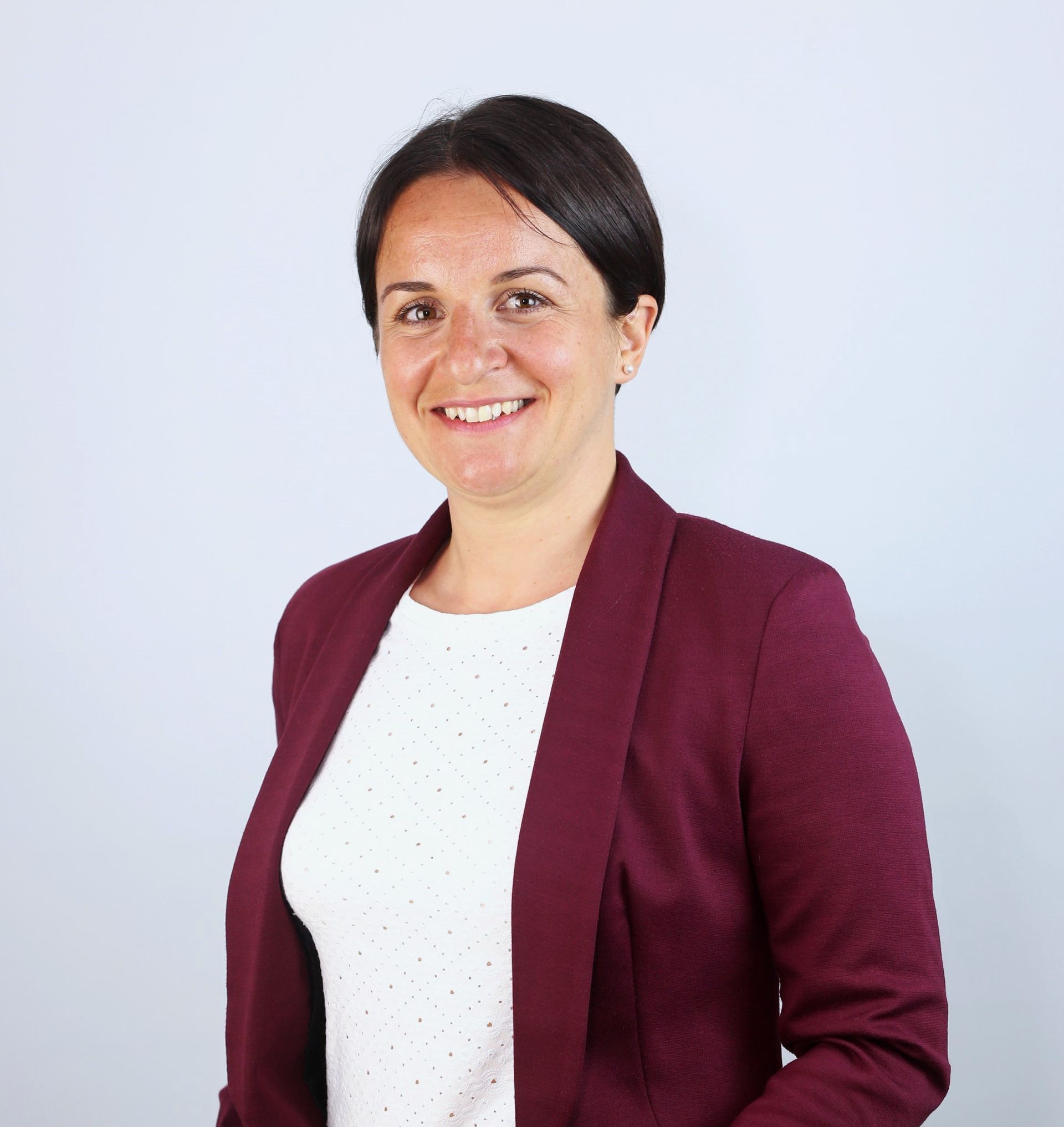
Emi Lecret - Providing Research, UX/UI Design, Communication, and Translation Services for Innovative Medical Companies and Organizations
Contact me at contact@emilecret.com


